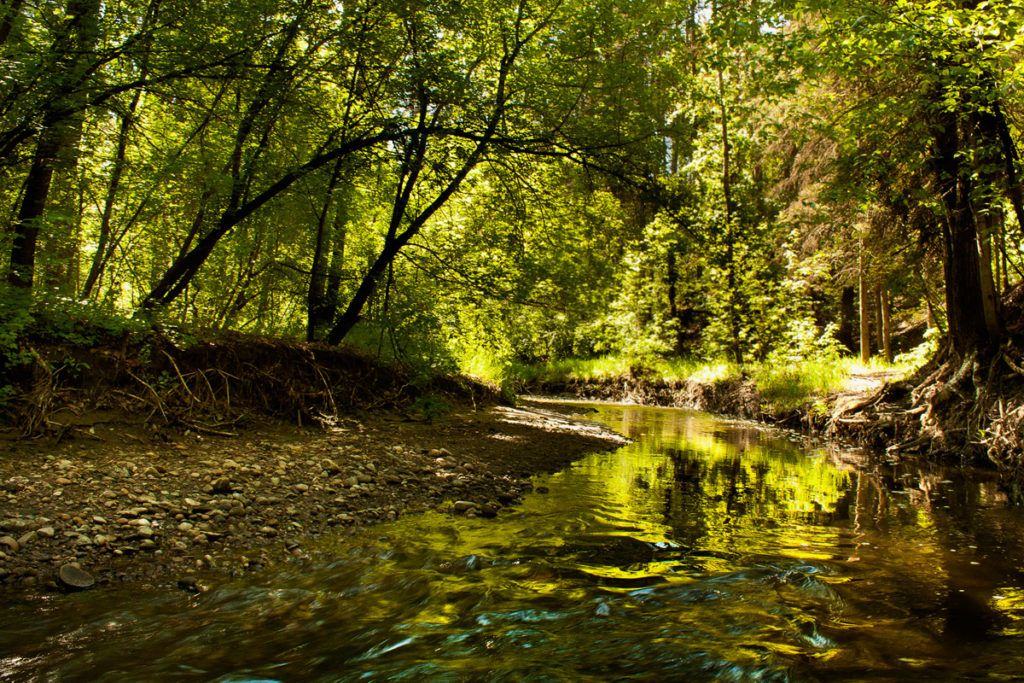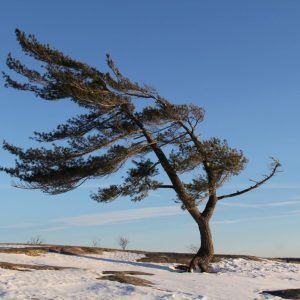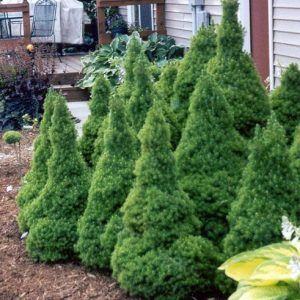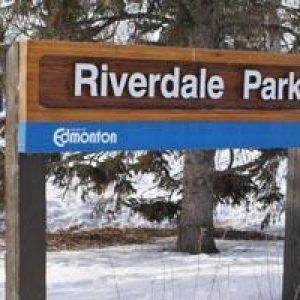Welcome back to our tour of the River Valley Park System. Today, in our attempt to unravel the ribbon of green woven throughout the infrastructure of our city, we uncover a tributary ravine flowing south from the North Saskatchewan River to its end near Argyll Road. Mill Creek Ravine, officially named in 1988, received its title for the flour mill that once operated on its banks in the late 1800s. It was around that same time that it was the location of an important rail line connecting the north and south sides of the river with the city’s Low Level Bridge. By the 50s, however, most of these tracks were removed and converted into the paths that we enjoy today.

Now in 2016, the Mill Creek Ravine faces a future of extensive conservation and restoration. In the upcoming months, the city hopes to resurface the roads and parking lot in the park. In the ensuing year, there are also projects to restore the 5 wooden pedestrian bridges crossing the ravine, to relocate the trail to avoid erosion, and to address issues affecting the lower trail in the southern part of the park.
Until then, visitors have full access to the park as a site where tourists and locals alike can escape the urban sprawl for a woodland adventure. With both paved and granular pathways, it’s a popular route for both hikers and bikers. Whether you explore the ravine by bike or foot, keep your eyes towards the trees giving you ample shade throughout the long expanse of the park. As you move north to south (or south to north), you’ll see:
- American and Siberian Elm,
- Bolsam Poplar,
- Bur Oak,
- Crabapple,
- Colorado and White Spruce,
- Green Ash,
- Lodgepole and Scott Pine,
- Manitoba Maple, and
- Trembling Aspen.
As with most parks in the River Valley, there’s also a generous off-leash dog area and designated picnic sites. Mill Creek also boasts an outdoor swimming pool, which was an especially welcome addition to the ravine during last month’s hot weather.
When temperatures rise, we aren’t the only ones to suffer. The trees that call Edmonton home are as susceptible to the hot, dry weather conditions of the Prairies as we are. After a long summer of too much sun and not enough rainfall, their health can be flagging putting them at poor shape to take on the winter. While the Elm, Poplar, Oak, Spruce, Pine, Maple, and Aspen trees littered throughout Mill Creek can draw nutrients from the decomposing plant materials found in the forest floor following the ravine, the trees on your property cannot.
Though manicured, your grass can fail to provide the nutrients your trees need. Months spent in drought-like conditions can drain their reserves, resulting in damage that could increase their chances of contracting disease and attracting insect infestations. Ill-prepared to face the oncoming autumn and winter, your tree may not survive. In order to fully protect your Ash, Pine, or Maple through the changing seasons, we recommend adopting a deep-root fertilizer program. We can simulate the same feeding process performed by the forest floor by injecting macro- and micronutrients directly to the roots with tools that penetrate deep below the grass. This fertilization course, complemented with regular watering, can ensure your trees are healthy regardless of how hot or dry the summer has been.
Call us before the dog days of summer are over, so you can help better prepare your property for the upcoming winter. With autumn just around the corner, the coldest season will be here before you know it. Speak with one of our specialized consultants to discuss which program is ideal for your landscape, and we can keep your property in its best shape. Whether your home shares the same species as Mill Creek or not, do your part to maintain the city’s greenspace by calling an experienced Edmonton arborist for help. And until then, don’t forget to check out the ravine for yourself.


























